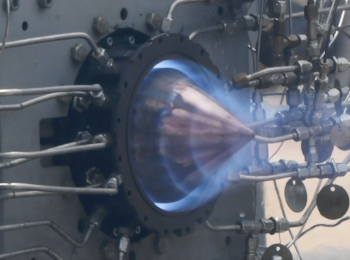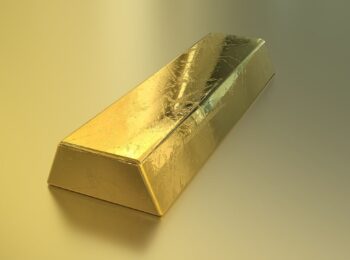A simple but important modification could spell victory or defeat in Circus Maximus. This is what a newfound 2,000-year-old toy reveals.
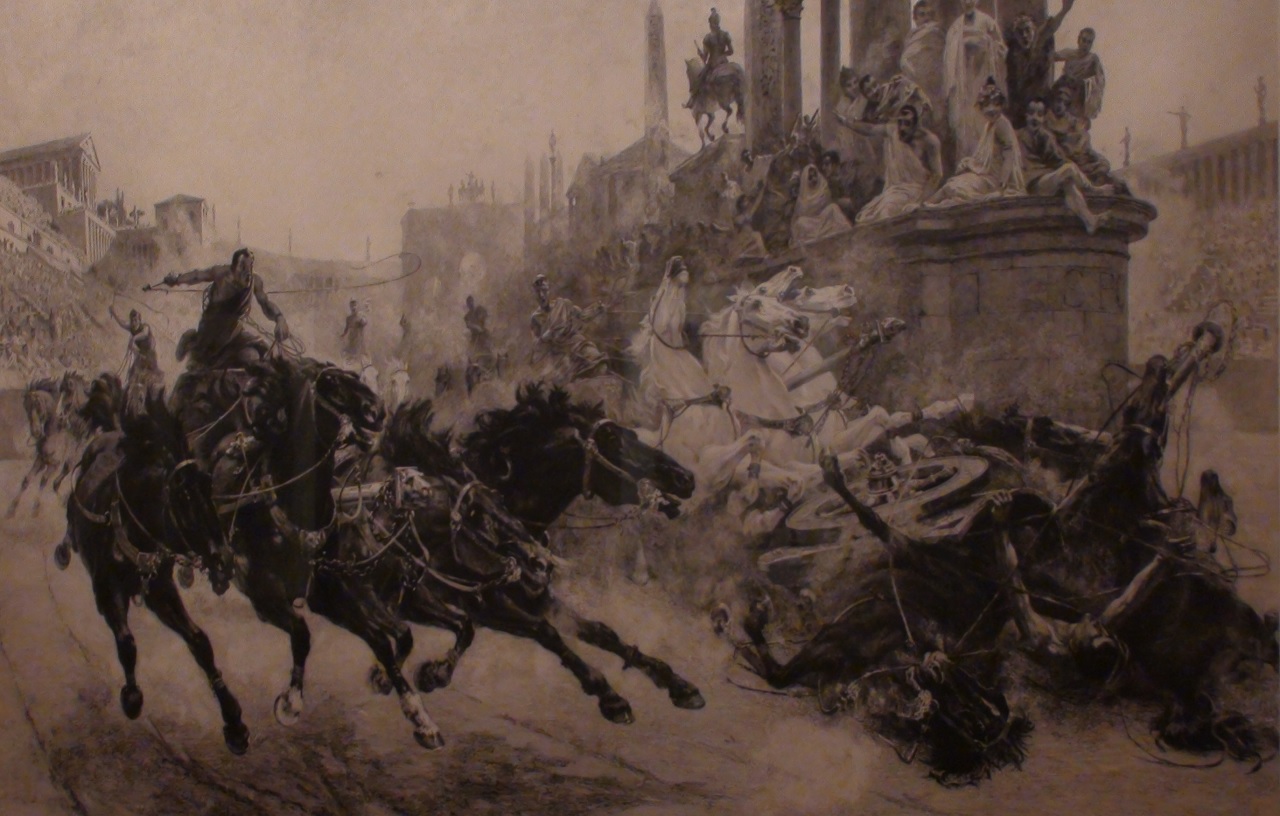
Chariot racing was serious business in the Roman Empire. Not only was it one of the most popular sports in the ancient Roman world. It was also dangerous for both drivers and horses as they often suffered serious injury, even death. Chariot racers competed for both prize and glory all around the Roman Empire.
A toy found in the Tiber River reveals that it was not only the skill of the chariot driver that decided the races, the chariot design also played a large role.
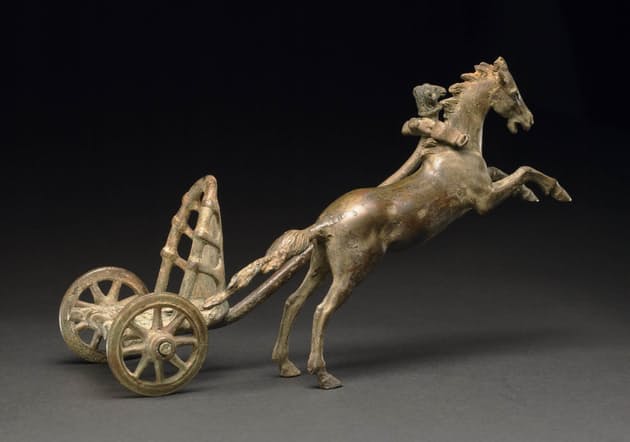
Complete chariots from Roman times have never been found, but the discovery of a toy in the Tiber River in the 1890s has now been investigated further by a team of researchers.
The toy chariot probably belonged to a child in a wealthy patrician family. It is deemed to be an exact replica of the real contemporary chariots used on the Circus Maximus, for example.
Researchers made the noticed a remarkable detail. The right trolley wheel is slightly larger than the left, and there are what appears to be metal fittings attached to the wheel.
This design feature was probably important for both speed and safety. Chariots competitions were always done counterclockwise around the track during the time of the Roman Empire. Naturally, this led to stress being greater on the right wheel than on the left in every curve. Wagons with iron wheels would have been able to go through the corners both faster and safer.
“Without any iron on the wheels, the right wheel was failing often and predominantly, while both wheels having iron tires tended to be safe but were seldom a winning combination,” the researcher Bela Sandor said to Seeker.
Chariot racing in the roman world was often a competition between teams. Like any modern spectator sport, most people generally chose to support a single team, identifying themselves strongly with their team with violence sometimes breaking out between rival factions. The teams were often represented by different groups of financial backers that sometimes competed for the services of, particularly skilled drivers.
Reference:
Bela I. Sandor Tire choices in Roman chariot racing https://doi.org/10.1017/S1047759400072226


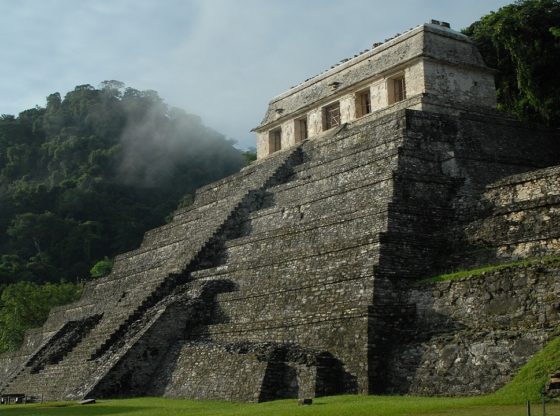
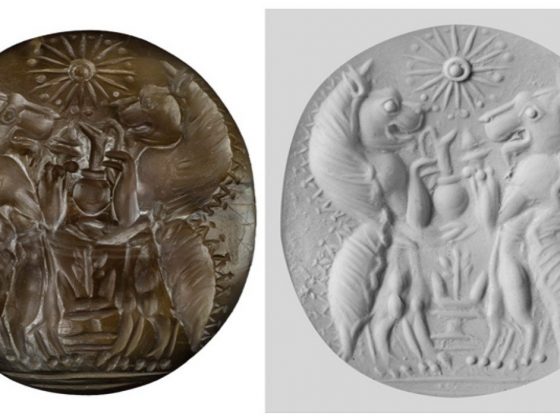
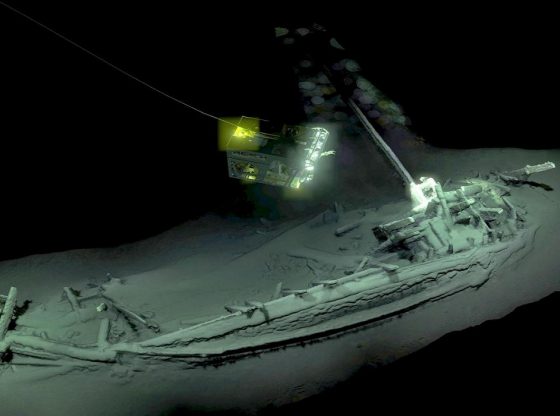

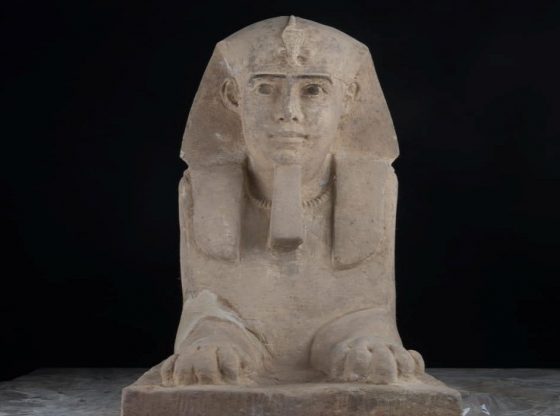
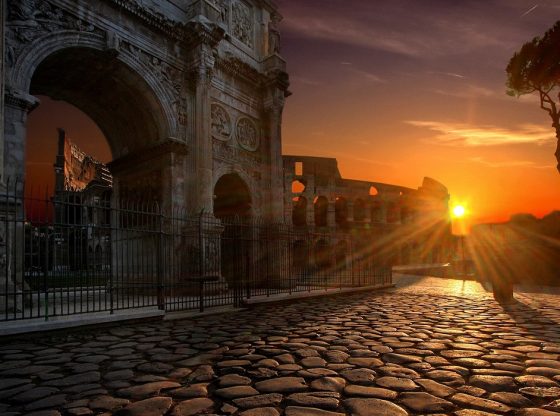
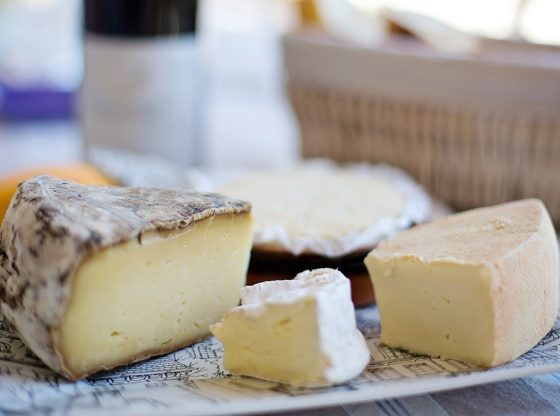
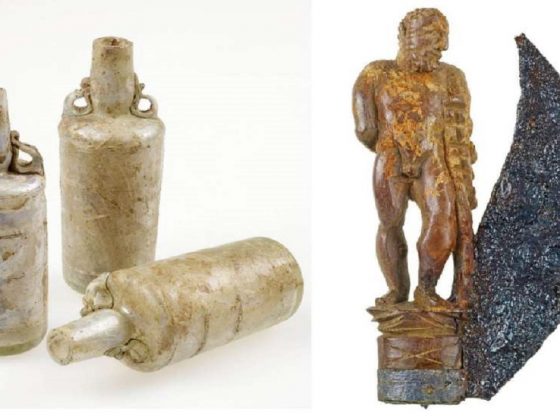

![OpenAI. (2025). ChatGPT [Large language model]. https://chatgpt.com](https://www.illustratedcuriosity.com/files/media/55099/2638a982-b4de-4913-8a1c-1479df352bf3-350x260.webp)








